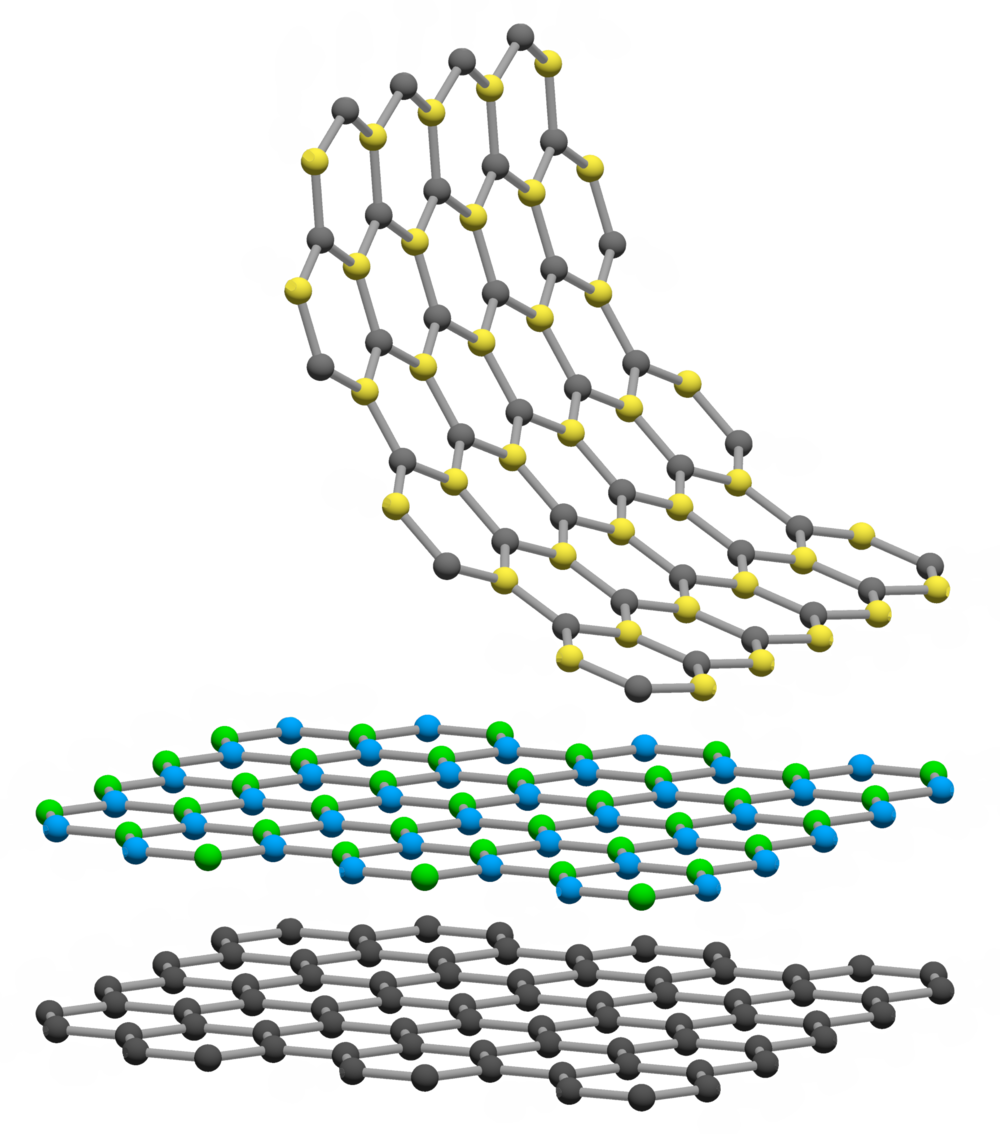Types Of 2D Materials And Their Varied Applications

The 2D materials were initiated to feed the developing and energetic area of research into all two-dimensional accessories, their characteristics and their functions.
As increasingly demand of graphene to an entirely new suite of 2D materials, it is hoped that 2DM will evolve a leading resource for this dynamic research culture.
2D Materials Explained For more Information
Graphene and other various 2D materials are deeply contemplated
because they are favourable for applications as numerous as electronics,
catalysis, valleytronics, biosensing,
etc. The affluence of existing materials is grandiose and includes
single-element layers like graphene and phosphorene. It is also layered
with materials with mixed elements of compositions like transition
metal. The range of characteristics that 2D materials can display
includes high transport mobilities, mechanical flexibility, high optical
and UV adsorption, superconductivity as well as good thermal
conductivity.
Different 2D Materials and Reason for Their Applications
- Graphene – This is a single-atom thick hexagonal or honeycomb sheet of carbon molecules. This is deemed the thinnest material as of yet and durable than steel. This is also flexible, crystal-clear, and conductive of heat and electricity. The business market is already making effort in producing industrial applications such as a conductive transparent electrode.
- Silicene – A single molecule-thick layer of silicon, silicene has graphene’s electric features and could be used in silicon developed circuits to produce on a greatly reduced scale of electronic products.
- Silica Glass – It is the thinnest process of glass in 2D materials and applications developed with the help of electron microscopy. This is very stable and rigid somewhat like bulk glass.
- Boron – This material is atomically flat and it is a naturally occurring mineral. It is metallic substance and transmits electrons without resistance. The material has been synthesized, but with a unique crystal structure.
- Phosphorene – This is a material which has mono-atomic hexagonal structure that makes it similar to graphene. Nonetheless, phosphorene has essentially different electronic features. It has a nonzero band gap while showing great electron movement. This feature possibility makes it a better semiconductor than graphene. Phosphorene generally consist synthesis of tiny mechanical divisions or liquid phase methods.
- Stanene – This is one of the most essential of 2D materials due to its capability to display room temperature topological enforces due to breaching of spin-orbit gap.
The two-dimensional layered materials have most lately acquired renewed attention due to their spectacular electronic properties as well as high particular surface area. The possibility of utilizing these properties in catalysis, protective coatings, sensing, electrochromism and energy storage have confirmed a prototype shift towards the analysis of these complicated 2D materials.
Comments
Post a Comment